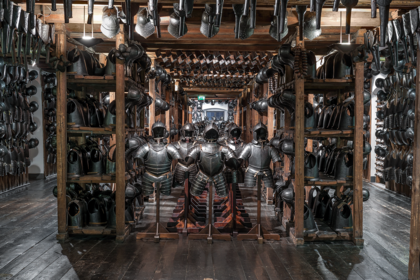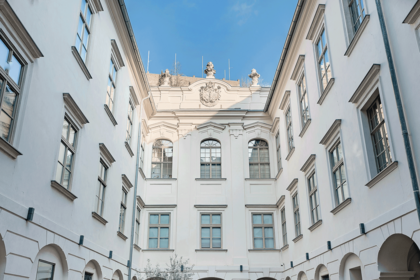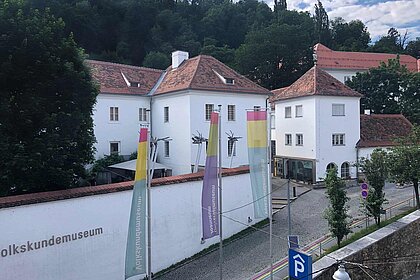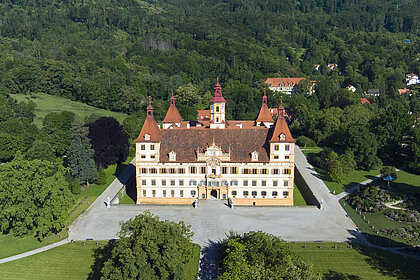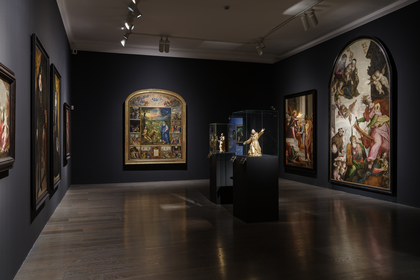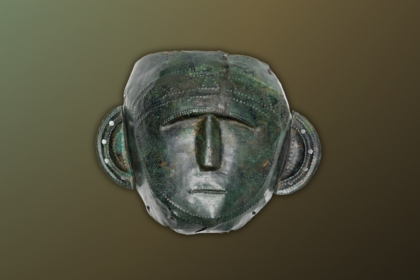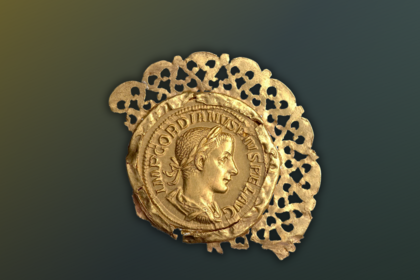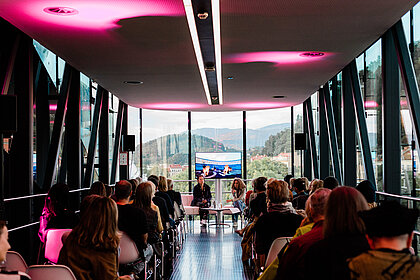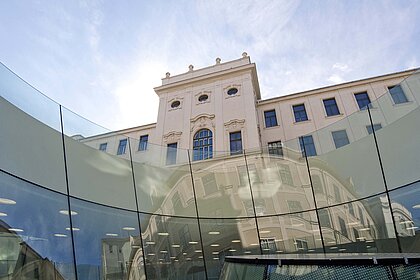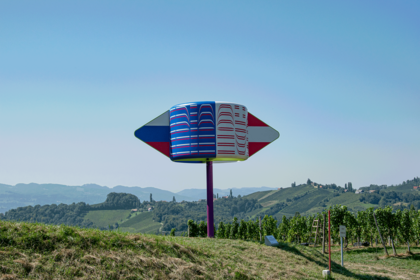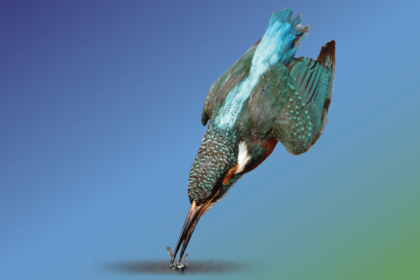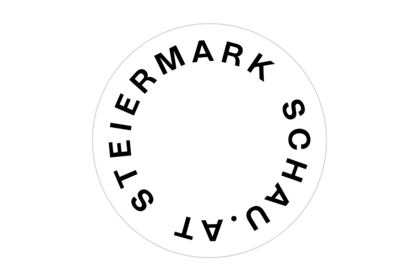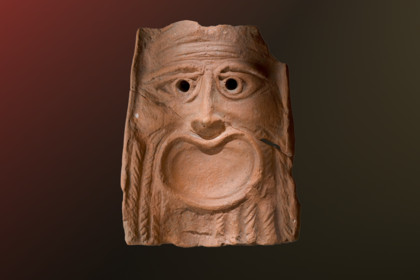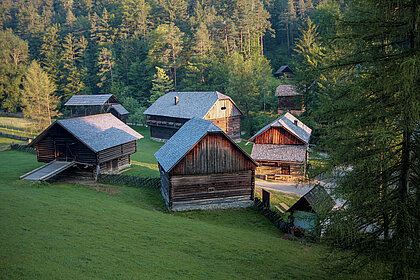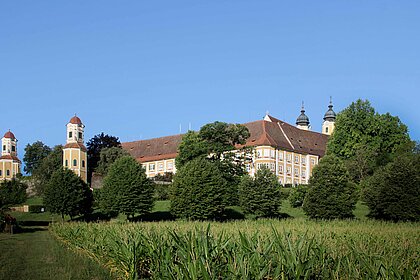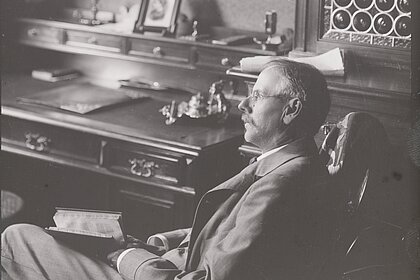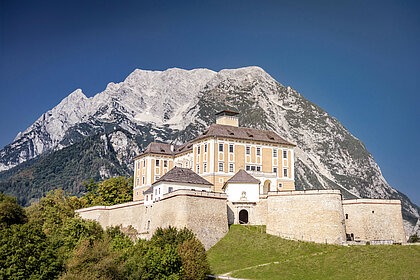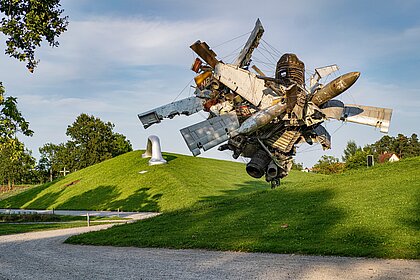Comprising around 70,000 works, the Neue Galerie Graz collection has been shown in different ways in recent years, most recently on a large scale up to summer 2024 under the title Show! Highlights from the Collection. Some 9,000 interested viewers visited the exhibition over the four months it ran. Due to strong demand, a permanent presentation of the collection is now on show, which can be seen in concentrated form under the title Selection. For the first time, the public was actively involved in the new selection; a survey led to an astonishing result, which was adopted into the current presentation.
The Neue Galerie Graz collection has always been expanded not only by acquisitions, also through donations and foundations. Generous private gifts – from Norli und Hellmut Cerny, Helmut Suschnigg, Regine Ploner and numerous artists – together with many permanent loans have enabled the quality of the collection to be consolidated in recent years. The permanent presentation, which is slightly adapted every year, now allows special thematic areas to be shown, as well as new purchases. As this permanent exhibition is also concerned with ‘highlights’ from the holdings, the following question is justified: ‘What are highlights, and who determines their status?’
The public has voted
A survey among the public as part of the exhibition Show! led to a surprising result, which has now flowed into the new selection, too. In this way, the Neue Galerie Graz has actively participated in a collection show for the first time. Here can be seen the republican, civic awareness of those who regard the museum as ‘theirs’ and the assets therein a collective treasure. Both the strength of the society and that of its institutions are revealed in this thinking – in our case, the museum as a venue of communal endeavour.
Around 230 persons were interviewed in person, in cooperation with the Institute for Digital Humanities of the University of Graz. These persons clearly see in first place the picture Stadtende (Edge of Town) by Egon Schiele and the Erzberg (Ore Mountain) by Herbert Boeckl, while – surprisingly – the painter Liu Xiaodong landed in third place with Trees growing out of swimming pool.
The Graz public’s preference for the Chinese artist is particularly evident in the votes cast using the voting card, which asked visitors to choose their personal ‘highlights’ in the Show! exhibition. His ‘winning painting’ was created especially for his first exhibition in Austria at the Kunsthaus Graz in 2012. There, the painting often received the most votes – 30 – which includes the accompanying videos. Yves Klein’s Venus bleu followed very closely behind with 29 votes. Maria Egner’s painting Blühendes Mohnfeld (Blooming Poppy Field) and Herbert Boeckl’s Erzberg (Ore Mountain) are in third place with 22 votes each. Egon Schiele – both the painting Stadtende (Edge of Town) as well as his drawings – also enjoys great popularity in this poll. He received the most votes – 33 – as an artist. A total of 665 people cast their votes using voting cards.
A journey from 1800 to the present day
The exhibition Selection covers the period from 1800 to the present day and so follows the timespan of the Neue Galerie Graz collection. The 19th century works are in line with art-historical categories – landscape painting, city views, portraits, nudes, etc. This categorisation would not sufficiently record today’s art. Selection therefore attempts – like the preceding special exhibition Show! – to retain the classic content-based categories on a historical level in the tour, while at the same time accompanying and commenting on them with later exhibits that reach up to the present. Selection aims to enable a journey from 1800 to the present day. Important and poignant pictures were created over this period in which fundamental changes occurred to humans and the environment we inhabit.
The choice of the exhibition themes is also kept, though in a somewhat more condensed form. The early works are placed in a dialogue with the more recent works and contemporary discourses:
War, ecological disaster, and the visualisation of nature thereby become clear. What emerges is not a linear sequence based on art history, rather a linked-up structure, an overarching narrative. What became of the nude? Once an idealisation of the human body – emanating from the spirit of antiquity – it has turned into an arena of mental phenomena in the 20th century, or a bundle of data. Distance and closeness now have different connotations than in the 19th century, at the time of oriental fashion and unrestrained colonialism and cultural imperialism. These two terms are now epitomised by flight, migration and xenophobia. Post-colonial upheavals represent our main area of concern these days. The changing geo-political framework obviously underpins these conditions. At the end of the exhibition, narrative structures dissolve. Abstraction, the expansion of panel painting, the break-up of classical categories, an examination of the system of art itself or mediatisation now dominate.
